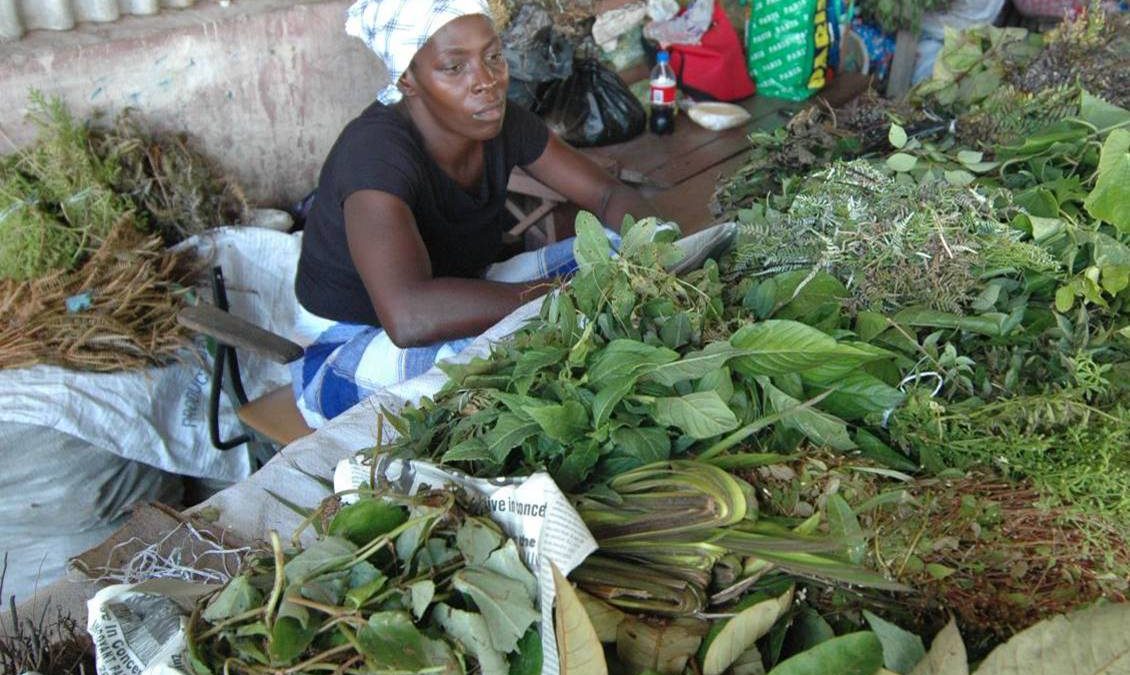Medicinal plants of Suriname

Suriname has six thousand medicinal plants
The Surinamese jungle is a treasure trove of medicinal plants whose effect is scientifically established. Only medicine men know exactly how they work. The pharmaceutical industry is scouring the jungle for that knowledge. Suriname has at least six thousand medicinal plants. Most are already registered at the herbarium of the university in Paramaribo.It is humble beginnings of what can grow into a gigantic national industry. There is a growing awareness that these medicinal plants can be a valuable addition to Western medicine. And so the interest is growing. Not only from patients, but also from the medical-scientific world.
The Indigenous, Maroons, and other groups of society have built up that knowledge over the centuries. In some cases, there is even unique knowledge. The inhabitants of the often remote areas have more confidence in their own traditional medicines from nature. Moreover, there are no caretakers or pharmacies in those areas and people have to go all the way to Paramaribo for medical treatment.
It is believed that about 245 species of medicinal plants are traded, representing a market value of approximately US$1 million annually. Every year 55 thousand kilos of herbs are exported to the Netherlands, some herbs come from deep in the forest, but most plants grow like weeds around Paramaribo. For decades, the National Herbarium in the Netherlands, together with the National Herbarium of the Anton de Kom University in Paramaribo, has been studying the flora of Suriname and about 50,000 dried specimens are now stored in Utrecht.
There are various medicine men in Suriname, among Maroons, and also among Indians, Hindustani and Javanese. They all have their own plants, medicines and specialisms: from bone diseases to infertility, from potency complaints to women’s ailments. The Maroons are masters of mixing herbs for the cure of the most complicated bone and joint diseases.’ The medicine man’s cooking pot simmering full of herbs, he says that the exact amount of the individual ingredients was very precise. One plant has an effect on bone growth, another eliminates a harmful side effect, and yet another ensures the transport of the active ingredient.
Western companies are increasingly interested in this valuable knowledge. For example, the Amazon Conservation Team is conducting research into medicinal plants in Suriname. According to their mission statement, the North American ACT tries, together with the indigenous population, to research and preserve the biodiversity in tropical South America. It is not always the case that the benefits of this flow back to the community from which the plant knowledge comes. Major North American pharmaceutical company Bristol-Myers-Squibb and organizations such as the World Wildlife Fund and Conservation International are also doing similar research and trying to record indigenous knowledge. But everyone seems to be working anxiously on their own.
Nature is the source of all medicines. Think of morphine (from poppy) and aspirin (from willow bark). There are thousands of substances in one plant. Only a small proportion of medicinal plants have been studied for their medicinal effect, which is highly dependent on the amount applied. A little more and the substance acts like poison. What Native Americans used to do in their darts, anesthetists now use in a smaller amount.(our World Media September 2007).
